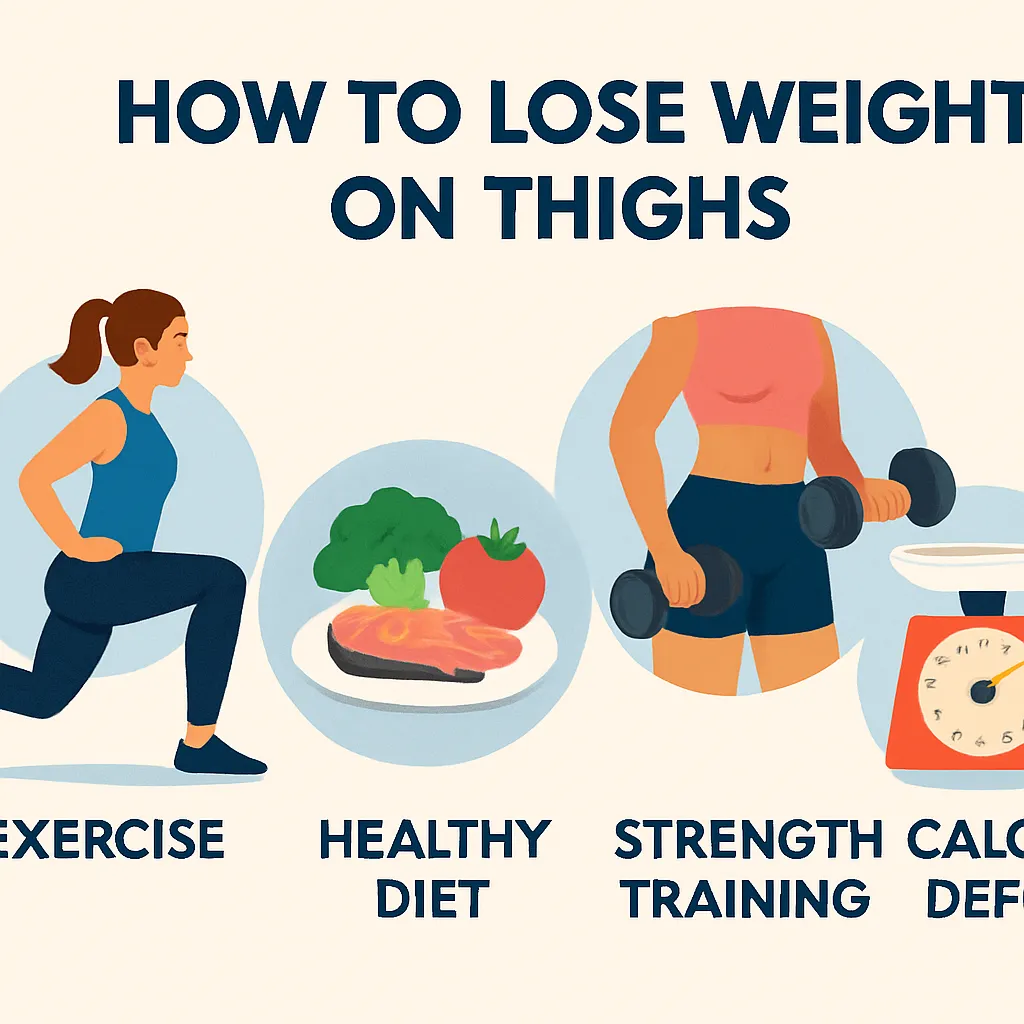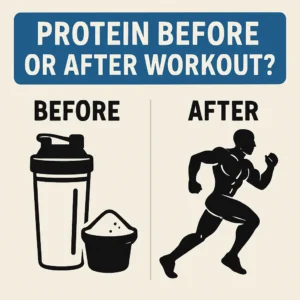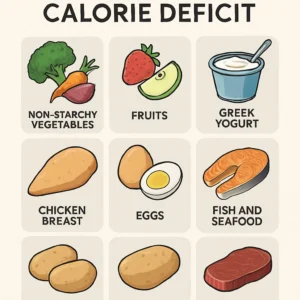Losing weight on your thighs can feel like a daunting challenge, especially when fat seems to cling stubbornly to this area. In this article, we’ll explore a comprehensive, science-backed approach to reducing thigh fat through exercise, nutrition, lifestyle changes, and medical options. By understanding the root causes of thigh fat and implementing targeted routines and dietary adjustments, you can sculpt leaner, firmer thighs over time. Whether you’re just starting your weight-loss journey or you’ve hit a plateau, the tips and strategies here will help you stay motivated and see real progress. Let’s dive into the anatomy of thigh fat, the best workouts to tone your legs, and the nutritional tweaks that support fat loss. Finally, we’ll examine both surgical and non-surgical interventions for those seeking faster or more dramatic results.
Understanding Thigh Fat

Thigh fat accumulates for a variety of reasons, including genetics, hormonal fluctuations, and lifestyle factors. Many individuals notice that their thighs are among the first—and last—areas to store excess fat, making them particularly challenging to slim down. It’s important to recognize that spot reduction, or losing fat from one specific area, is not possible without an overall decrease in body fat. However, targeted exercises and habits can strengthen and tone the underlying muscles, improving the appearance of the thighs as you lose weight. A holistic approach combining diet, exercise, and lifestyle changes provides the best chance of reducing thigh circumference and improving overall body composition. Understanding these principles will keep you grounded and motivated as you work toward your goals.
Causes of Thigh Fat
Several factors contribute to the development of thigh fat. First, genetics play a significant role in determining where your body stores fat most readily. Second, hormonal imbalances—particularly elevated estrogen levels—can encourage fat deposition around the hips and thighs. Third, a sedentary lifestyle slows metabolism and encourages fat accumulation. Finally, consuming excess calories, especially from processed and high-sugar foods, can exacerbate thigh fat storage. Recognizing these causes is the first step in tailoring a plan to address your unique challenges and body type. By pinpointing which factors apply to you, you can take targeted action to mitigate their effects.
Additionally, age can affect fat distribution; metabolic rate naturally slows with age, making it easier to gain weight and harder to lose it. Stress and sleep deprivation can also alter hormones such as cortisol, which can in turn influence fat storage in the lower body. Understanding these layers of influence helps explain why some people struggle more than others, and underscores the need for a multifaceted approach.
Why Thigh Fat is Stubborn
Thigh fat is often more stubborn than fat in other areas because of differences in blood flow and receptor density. Fat cells in the thighs tend to have more alpha-2 receptors, which inhibit fat breakdown, and fewer beta-2 receptors, which promote it. This receptor profile makes it more difficult for enzymes to access and burn stored fat in this region. Additionally, the vascular supply to thigh fat is less extensive, meaning lipids are mobilized more slowly during exercise. Finally, evolutionary biology suggests that the body stores fat in the thighs to protect reproductive health and energy reserves. Armed with this knowledge, you can appreciate why a comprehensive plan is necessary to see real change.
Recognizing the physiological barriers to thigh fat loss can also help set realistic expectations around pacing and progress. While you might see rapid fat loss in other areas, thigh reduction will often take more consistent effort and longer periods of overall fat loss before significant changes become apparent.
Exercise Routines for Toning Thighs
Exercise is a cornerstone of any thigh slimming program. By combining strength training, cardio, and flexibility work, you can maximize calorie burn, increase muscle tone, and improve circulation. Focusing on compound movements engages large muscle groups, resulting in greater metabolic boost both during and after workouts. These workouts not only help burn fat from all over the body but also sculpt the thighs, giving them a firmer appearance as you lose weight. Consistency and progressive overload—gradually increasing resistance or intensity—are key to long-term success.
Before jumping into any routine, perform a dynamic warm-up to increase blood flow and reduce risk of injury. Activities like leg swings, walking lunges, and high knees prime your muscles and joints for action. After your main workout, cool down with light stretching to improve flexibility and support recovery, which is particularly important when building lean muscle.
Strength Training for Thighs
Strength training targets the muscles underlying your thighs, helping you build lean mass that looks defined as you shed fat. Exercises that focus on the quadriceps, hamstrings, glutes, and adductors are particularly effective for comprehensive thigh toning. Aim to perform strength workouts 2–3 times per week, allowing at least 48 hours of rest between sessions to support muscle recovery. Use moderate to heavy weights where you complete 8–12 repetitions per set, challenging the muscles without sacrificing form. As you grow stronger, increase resistance through additional weight or advanced variations to continue seeing progress.
- Squats: Keep your feet shoulder-width apart and lower down as if sitting in a chair.
- Lunges: Step forward with one leg and bend both knees to lower into a lunge position.
- Deadlifts: Hinge at the hips with a flat back to target hamstrings and glutes.
- Leg Press: Use a machine to push weight away from the body in a controlled motion.
- Sumo Squats: Take a wider stance with toes pointed outward to focus on inner thighs.
Cardio Workouts to Slim Down Legs
Cardiovascular exercise helps create the calorie deficit needed for overall fat loss, which includes thigh fat. Low-impact options like cycling, elliptical training, and brisk walking provide sustained calorie burn without overloading joints. High-intensity interval training (HIIT) alternates between bursts of all-out effort and recovery periods, maximizing fat-burning potential while improving cardiovascular fitness. Aim for at least 150 minutes of moderate-intensity cardio or 75 minutes of vigorous-intensity cardio per week, as recommended by leading health organizations. Mixing modalities keeps workouts exciting and targets muscles in different ways.
When performing HIIT, start with a 1:2 work-to-rest ratio, such as 30 seconds of sprinting followed by 60 seconds of walking. As your fitness improves, you can adjust to a 1:1 ratio or longer work intervals to challenge yourself further. Remember to include a thorough cool-down period to gradually bring your heart rate back to resting levels.
Flexibility and Balance Exercises
Incorporating flexibility and balance work into your routine supports muscle recovery, improves joint function, and can enhance workout performance. Practices like yoga and Pilates focus on controlled movements, stretching, and core stabilization, benefiting both muscle tone and flexibility. Improved flexibility can help you achieve deeper squats and lunges, maximizing their effectiveness. Balance exercises—such as single-leg deadlifts or standing leg lifts—activate stabilizer muscles and enhance neuromuscular coordination. Including these exercises 1–2 times per week rounds out your program and reduces risk of injury.
Consistency in flexibility training helps maintain range of motion as you build muscle and lose fat. Stretch each major muscle group for at least 30 seconds, focusing on the quads, hamstrings, calves, and hip flexors. Over time, you’ll notice improved posture, reduced soreness, and better overall movement quality.
Dietary Adjustments for Thigh Weight Loss
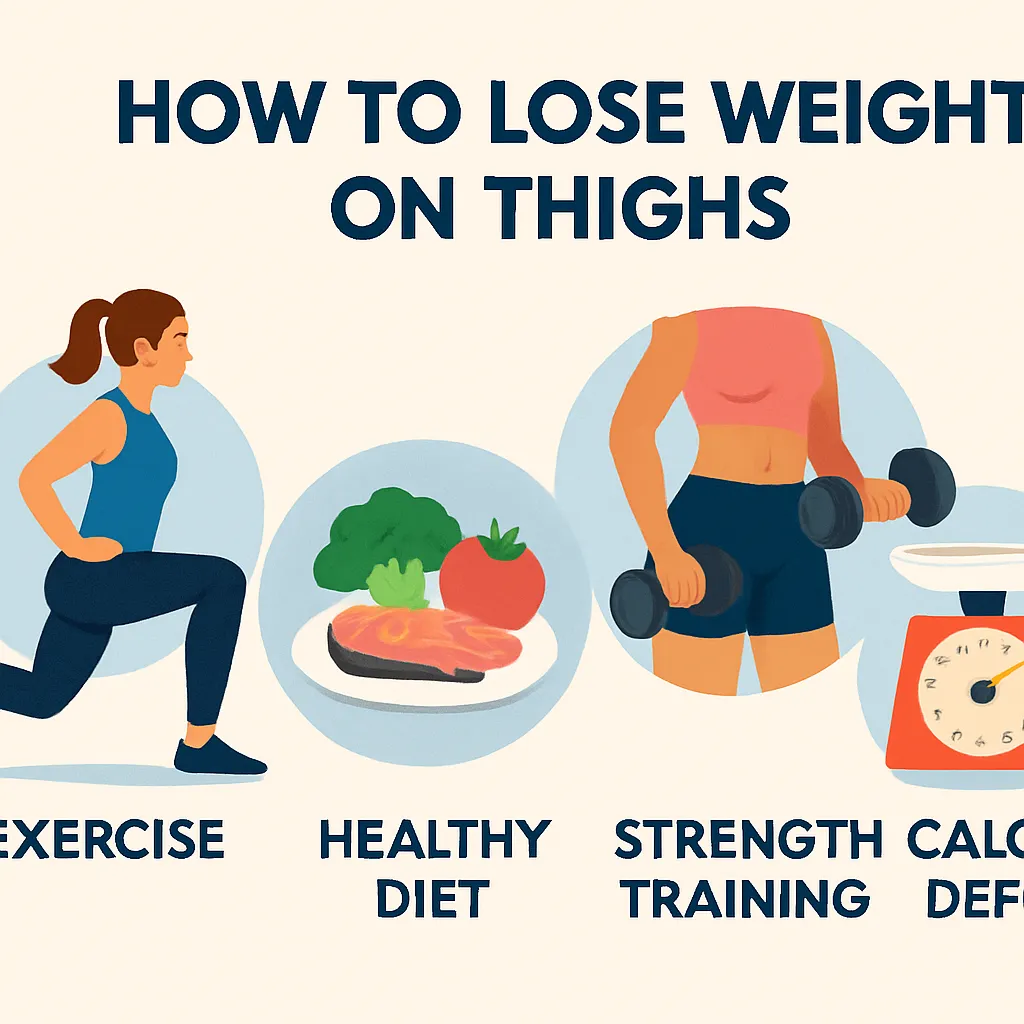
Nutrition plays a pivotal role in losing thigh fat, as a calorie deficit is required to reduce overall body fat. However, the quality of your calories matters as much as quantity. Focus on whole, nutrient-dense foods that provide satiety and support metabolic health. Balancing macronutrients—lean protein, complex carbohydrates, and healthy fats—helps regulate blood sugar and maintain energy levels throughout the day. Adequate protein intake is particularly important for preserving muscle mass while you lose fat, which in turn supports a higher resting metabolic rate.
Hydration is another often-overlooked element of nutrition; drinking water before meals can reduce appetite, and staying well-hydrated supports efficient metabolic processes. Aim for at least 2–3 liters of water daily, adjusting for activity level and climate. Finally, timing your meals—such as consuming more carbohydrates around workout windows—can enhance performance and recovery without sabotaging fat-loss goals.
Recommended Nutrient-Rich Foods
Integrating a variety of nutrient-rich foods into your meal plan supports fat loss and overall health. Prioritize colorful fruits and vegetables for vitamins, minerals, and fiber. Include lean protein sources—such as poultry, fish, eggs, and legumes—to promote muscle repair and satiety. Complex carbohydrates from whole grains, root vegetables, and beans provide sustained energy and prevent blood sugar spikes. Healthy fats from avocados, nuts, seeds, and olive oil support hormone balance and nutrient absorption. Finally, spice up your dishes with herbs and spices like turmeric, ginger, and cayenne to boost metabolism and flavor without added calories.
| Food Category | Examples | Benefits |
|---|---|---|
| Lean Protein | Chicken breast, Turkey, Tofu, Fish | Maintains muscle mass; high satiety |
| Complex Carbs | Quinoa, Oats, Sweet potatoes, Brown rice | Steady energy; fiber-rich |
| Healthy Fats | Avocado, Almonds, Chia seeds, Olive oil | Hormone support; nutrient absorption |
Foods to Avoid
While you don’t need to banish all treats forever, minimizing certain foods can accelerate fat loss and improve health markers. High-sugar items—such as soda, candy, pastries, and many processed snacks—provide empty calories and can spike insulin levels, leading to increased fat storage. Refined carbohydrates like white bread, pasta, and many cereals can similarly hinder progress. Trans fats and highly processed oils—often found in fast food and packaged goods—promote inflammation and unhealthy weight gain. Finally, excessive alcohol can add hundreds of calories per sitting and impair fat-burning pathways.
- Reduce added sugars and sweetened beverages.
- Avoid refined grains in favor of whole-grain alternatives.
- Limit fried and ultra-processed foods.
- Minimize alcohol consumption and choose lower-calorie drinks.
- Read labels to avoid hidden sugars and unhealthy fats.
Lifestyle Changes to Support Thigh Slimming
Beyond exercise and diet, lifestyle factors significantly influence your ability to lose thigh fat. Consistent sleep, effective stress management, and adequate hydration all contribute to hormonal balance, energy levels, and recovery. By addressing these areas, you’ll create an environment in which your body can efficiently burn fat and build lean muscle. Small daily habits—when compounded over weeks and months—yield substantial results over time.
Designing a routine that prioritizes sleep, stress relief, and hydration may require experimentation to see what works best for you. Techniques such as setting regular bedtimes, practicing mindfulness, and carrying a reusable water bottle can help integrate these changes into your daily life with minimal friction.
Importance of Hydration
Staying well-hydrated is essential for every aspect of health, including fat loss. Water aids in digestion, nutrient transport, and removal of metabolic waste. It can also curb overeating by promoting a sense of fullness when consumed before meals. Dehydration, even at mild levels, can reduce performance during workouts and impair recovery, making it harder to maintain a consistent exercise routine. Aim to drink at least half your body weight in ounces of water each day, increasing intake when you exercise or in hot weather. Infusing water with lemon, cucumber, or mint can enhance flavor without adding sugar or calories.
Tracking your water intake through apps or a marked water bottle can ensure you’re meeting your goals. Look for clear or pale-yellow urine as a simple indicator of good hydration status.
Stress Management Techniques
Chronic stress triggers the release of cortisol, a hormone that can promote fat storage in the abdominal area and thighs. Managing stress effectively is therefore a key component of any successful fat-loss plan. Mindfulness practices such as meditation, deep breathing exercises, and progressive muscle relaxation can help lower cortisol levels. Regular physical activity—especially yoga, tai chi, or recreational sports—also serves as a natural stress reliever. Scheduling “unplugged” time away from screens and social media can reduce mental fatigue and improve sleep quality. Finally, cultivating social connections through friendships, support groups, or therapy provides emotional support that buffers against stress.
- Practice daily deep-breathing exercises for 5–10 minutes.
- Incorporate mindfulness meditation or guided imagery sessions.
- Engage in relaxing hobbies like reading, gardening, or gentle yoga.
- Limit screen time, especially before bed, to promote better sleep.
- Connect with friends or support networks regularly.
Exploring Surgical and Non-surgical Options
For those seeking faster or more dramatic results, a range of surgical and non-surgical interventions is available to target thigh fat. These procedures should always be considered as complements—not substitutes—to a healthy lifestyle of diet and exercise. Consulting with board-certified specialists can help you weigh long-term outcomes, recovery times, and potential risks. Understanding the pros and cons of each option will help you make an informed decision aligned with your goals and budget.
While surgery can remove fat cells quickly, it does not prevent future fat accumulation if lifestyle habits remain unchanged. Non-surgical options often require multiple sessions and gradual results but carry fewer risks and little to no downtime. Personal preferences, pain tolerance, and medical history all factor into the selection process, so thorough research and professional advice are essential.
Pros and Cons of Each Method
Liposuction is the most well-known surgical approach, offering immediate fat removal with dramatic contour changes. However, it involves anesthesia, incisions, and several weeks of recovery, along with risks such as infection or uneven results. Non-surgical alternatives—like cryolipolysis (fat freezing), ultrasound-assisted lipolysis, and laser lipolysis—use targeted energy to destroy fat cells over several weeks or months. These procedures boast minimal downtime and fewer side effects but require patience and multiple treatments for best results. Cost, convenience, and desired outcome all factor into the decision between surgical and non-surgical interventions.
Recovery times vary widely: liposuction patients may return to light activity in a few days, while non-surgical patients typically resume normal routines immediately. Long-term results depend on maintaining a stable weight through balanced nutrition and consistent exercise.
Expert Opinions
Medical professionals emphasize that no procedure substitutes for healthy habits. “Surgery or technology can sculpt contours, but sustainable fat reduction comes from lifestyle,” notes Dr. Jane Smith, a board-certified plastic surgeon. Nutritionist Laura Jones adds, “Without a balanced diet and exercise, fat can return in other areas, undermining results.” Physical therapists recommend combining any fat-reduction procedure with targeted rehabilitation exercises to preserve muscle tone and prevent scar tissue adhesion. Consulting multiple experts ensures you receive well-rounded advice tailored to your unique anatomy and goals.
Testimonials from patients who have combined procedures with lifestyle changes report higher satisfaction and longer-lasting results. Reading peer-reviewed studies and clinic reviews can help you set realistic expectations and choose reputable providers.
Frequently Asked Questions about Thigh Fat Reduction
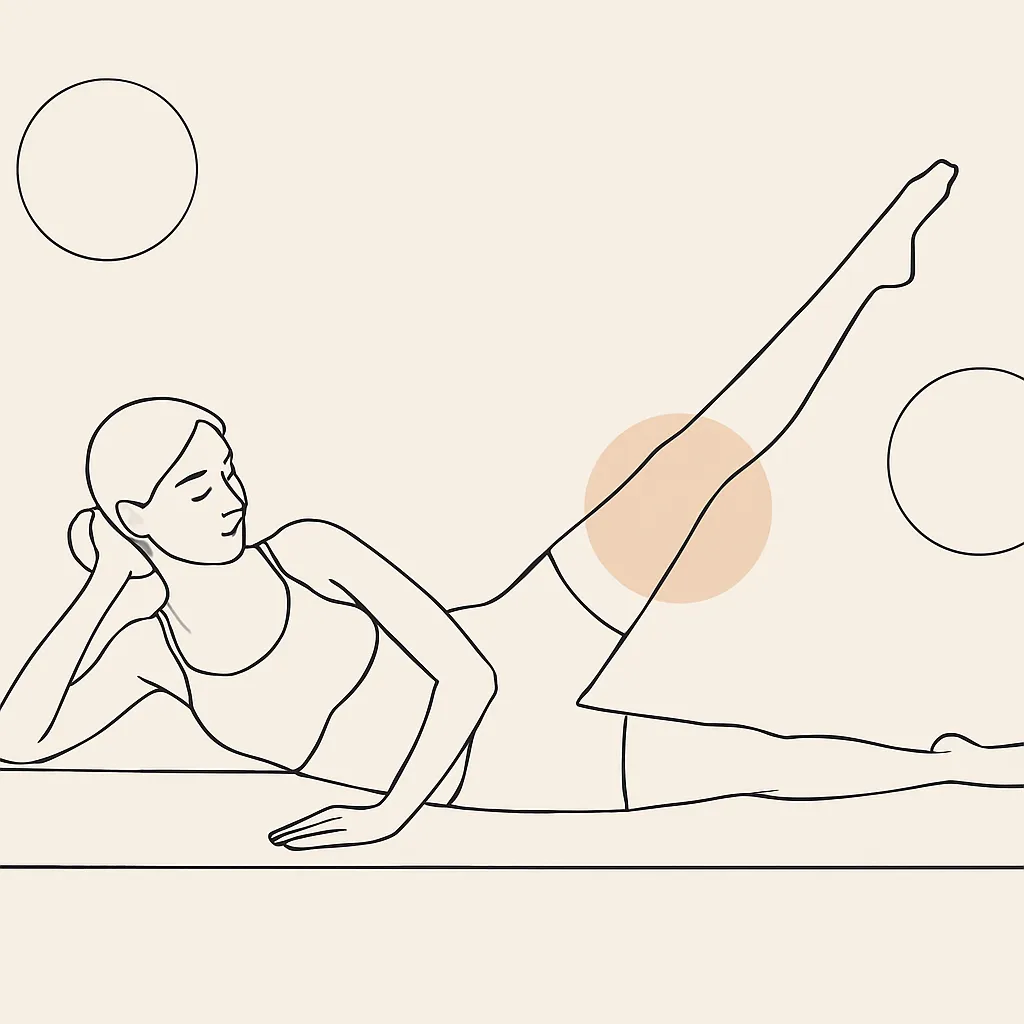
Q: Can I really slim my thighs with spot reduction exercises?
A: While targeted exercises strengthen and tone your thigh muscles, they don’t selectively burn fat in that area. Overall fat loss is required for thigh fat reduction.
Q: How long will it take to see results?
A: Individual results vary based on genetics, starting body composition, and adherence to diet and exercise. Generally, noticeable changes appear within 6–12 weeks of consistent effort.
Q: Are weight machines more effective than free weights?
A: Both can be effective. Free weights engage stabilizer muscles and improve functional strength, while machines provide controlled movements that can help beginners focus on form.
Q: Will non-surgical treatments hurt?
A: Non-surgical methods like cryolipolysis may cause mild discomfort or numbness during and after treatment but typically have minimal pain and downtime.
Q: Do I need to take supplements?
A: Supplements are not required if you meet your nutritional needs through whole foods. Protein powders or multivitamins can help fill gaps but aren’t magic solutions for fat loss.
By combining exercise, proper nutrition, lifestyle adjustments, and, if desired, medical options, you can achieve leaner, more toned thighs over time. Stay patient, stay consistent, and embrace a holistic approach for the best long-term results.
